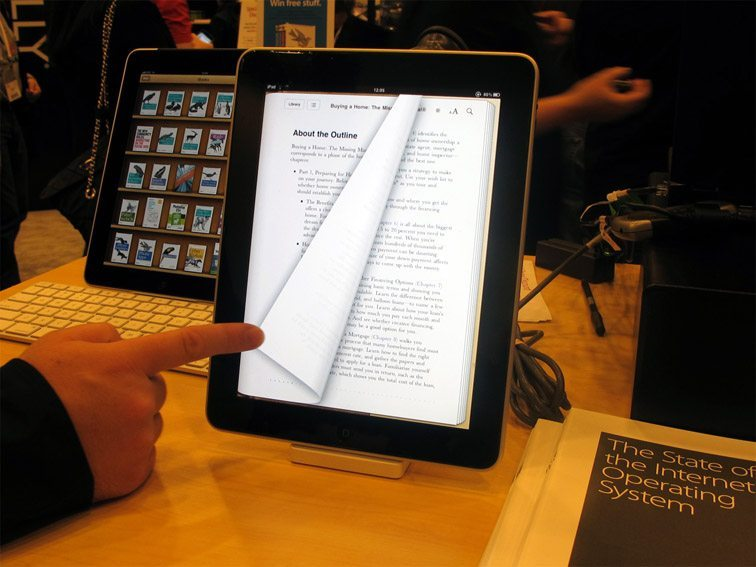Every industry is evolving! So is the book publishing industry! The publishing industry is constantly upgrading. The industry is adapting to the latest changes in publishing technology, consumer behaviour, and the global marketplace. With the growth of internet facilities, reading habits are also changing.
New ways of printing, publishing, marketing, storing, and distribution processes are emerging. Illustrations created nowadays by book illustration companies are just mind-blowing. Changes are taking place very fast in the book industry. And we, as authors, readers, and publishers, have to keep up with the latest trends.
Several trends are emerging in the publishing industry that’s likely to shape its future.
Let’s explore some of the latest trends in the publishing industry and what they mean for authors, publishers, and readers.
Digital Publishing
Digital publishing has been on the rise for several years and shows no signs of slowing down. According to a report by Statista, the revenue from digital publishing is projected to reach over $22 billion in 2025, up from $15 billion in 2021.
This growth can be attributed to the increasing use of e-readers, tablets, and smartphones. These devices make it easier for people to read books digitally. Publishers are adapting to this trend by investing in digital platforms and creating more e-books and audiobooks.
Trailers and teasers for books are being created these days by publishers who are also animation video agencies, such as White Magic Studios. This has enabled authors to publish and market their books digitally. It’s especially beneficial for self-published authors who may not have access to traditional publishing channels.
Additionally, readers can access books from anywhere in the world. It has opened up new markets for publishers and authors. In short, readers, authors, and publishers
AudioBooks
Audiobooks have become increasingly popular in recent years, and are continuing to be in 2023. The convenience of listening to books while driving, exercising, or doing other activities has made audiobooks a popular choice for many readers.
According to the Audio Publishers Association- revenue from audiobooks in the US increased by 16% in 2021, reaching $1.3 billion.
Publishers are responding to this trend by producing more audiobooks and investing in new technology to improve the audiobook experience. This includes hiring professional narrators, creating sound effects, and using music to enhance the listening experience. Book cover designers create book covers necessary for the marketing of audiobooks also.
This has opened up new opportunities for authors to reach audiences who prefer audiobooks over traditional print or digital formats.
Diversity and Inclusivity
In the past, the publishing industry has been criticized for its lack of diversity and inclusivity. But now, there is an increasing movement towards inclusion in recent years. This includes publishing more books by authors from diverse backgrounds. They feature characters that represent a wide range of experiences and identities.
Publishers are responding to this trend by actively seeking out and promoting books by authors from underrepresented communities. Self-publishers focus increasingly on niche markets, such as LGBTQ+ romance or non-fiction books about specific topics. This includes providing resources and support to help these authors succeed, such as mentorship programs and diversity initiatives.
Additionally, publishers strive to ensure that their editorial teams are diverse and inclusive. They make sure that they publish books with a wide range of topics and perspectives are represented in the book. Book layout designers create new, efficient, & balanced book layouts for a better reading experience.
Sustainability
The publishing industry is focused on sustainability. The industry is trying to reduce its impact on the environment. This includes reducing paper waste, using more environmentally-friendly materials, and promoting digital book formats.
Publishers have responded to this trend by investing in sustainable printing practices and printing materials, recycled paper, and soy-based inks. Additionally, publishers are promoting digital book formats such as e-books as a more sustainable alternative to print.
This can reduce the environmental impact of producing and transporting physical books. POD (print on demand) is one such initiative where the physical book is printed as and when needed.
Personalization
Readers are looking for books tailored to their interests and preferences, and publishers are responding by using data and technology to create more personalized reading experiences.
This includes using algorithms to recommend books based on a reader’s past reading history. It also creates interactive and immersive reading experiences that allow readers to engage with the content in new ways.
This trend is expected to continue as publishers look for new ways to connect with readers and provide them with content they enjoy. Associate with self-publishers for all book services such as editing, formatting, creating illustrations etc.

